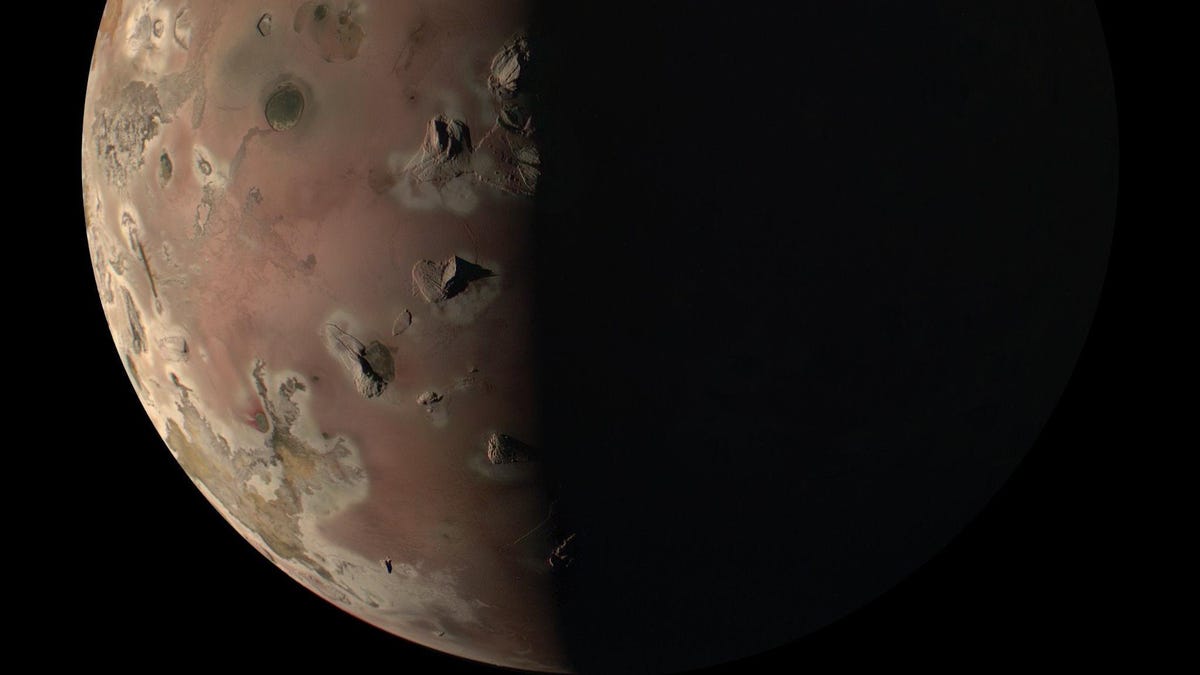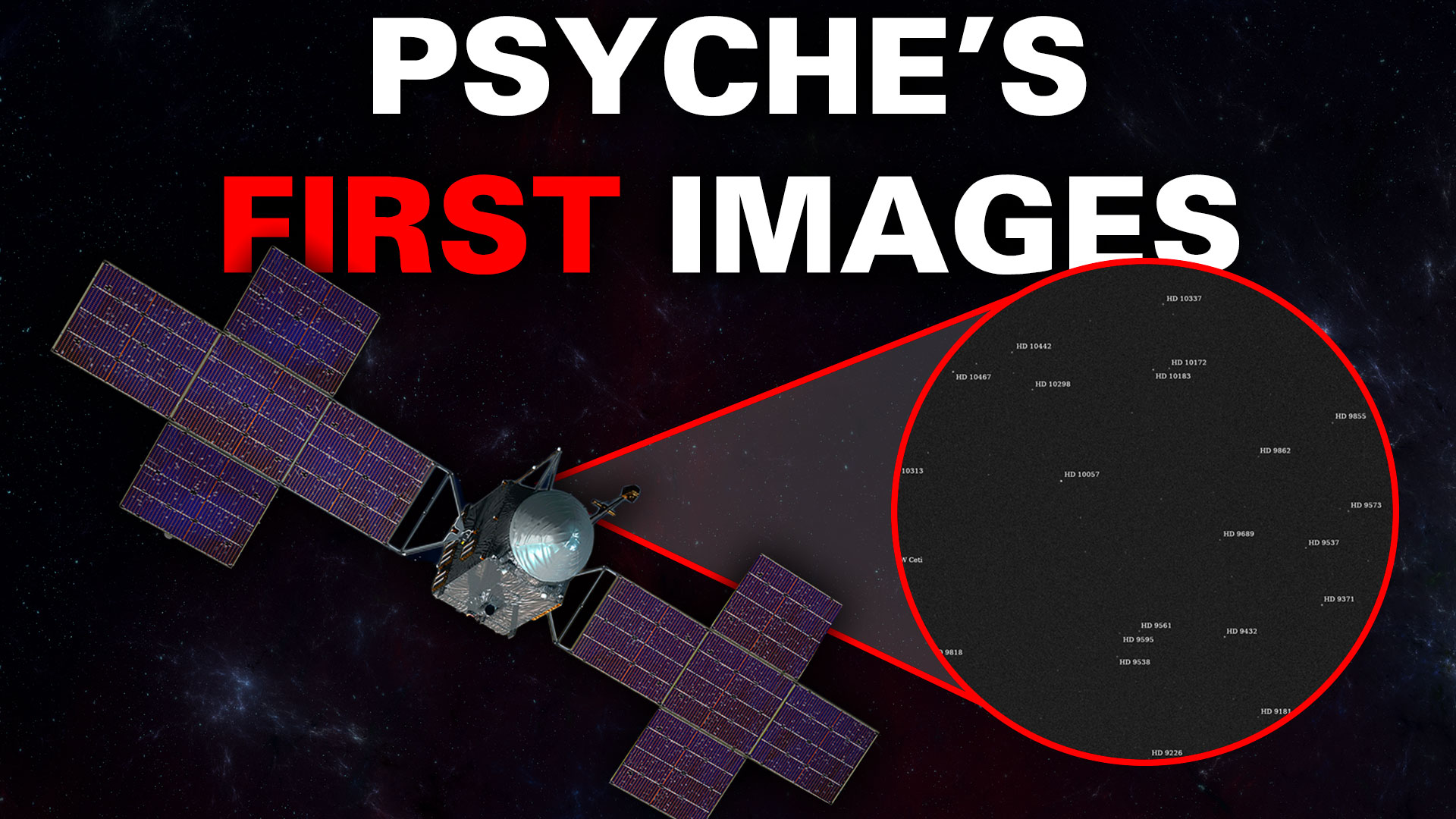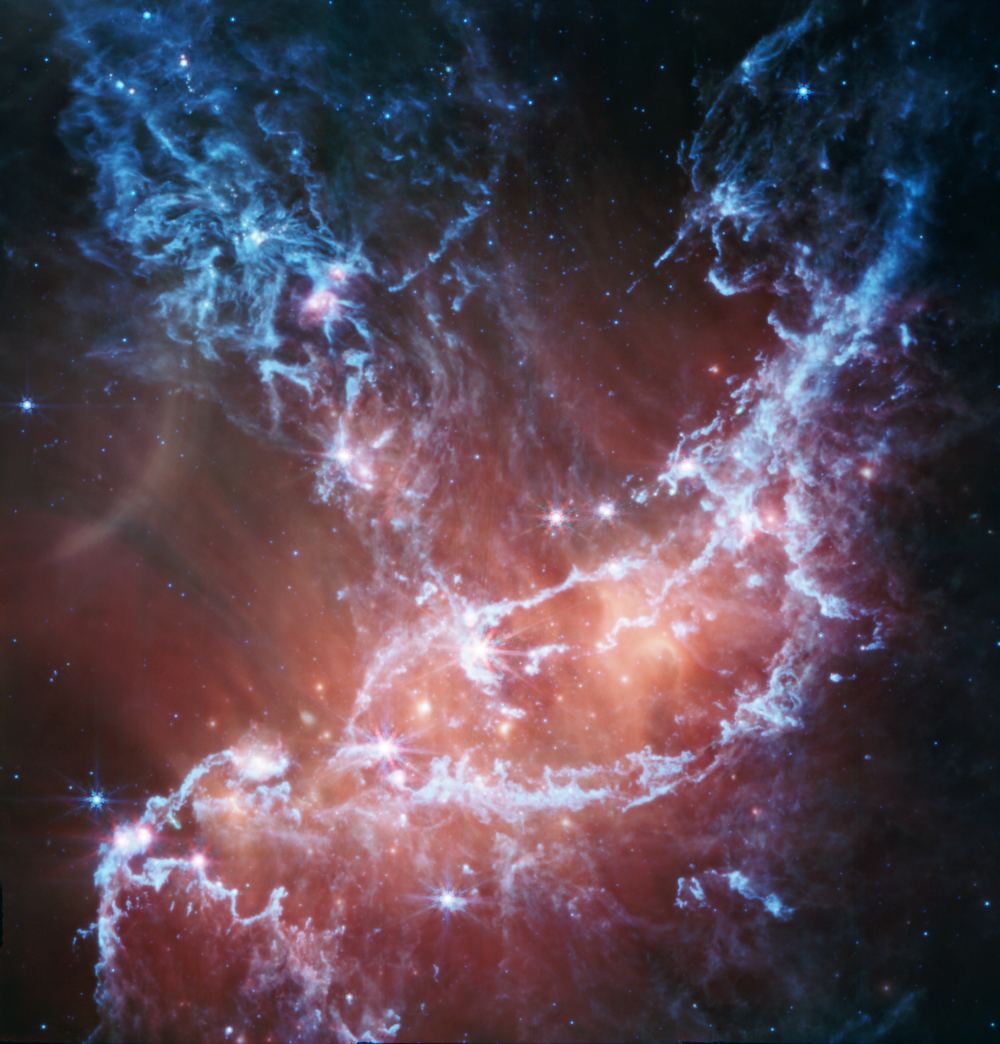How long does planet formation take? Maybe not as long as we thought, according to new research. Observations with the Atacama Large Millimetre/submillimetre Array (ALMA) show that planet formation around young stars may begin much earlier than scientists thought.
Continue reading “The Youngest Planetary Disks Ever Seen”The Youngest Planetary Disks Ever Seen










